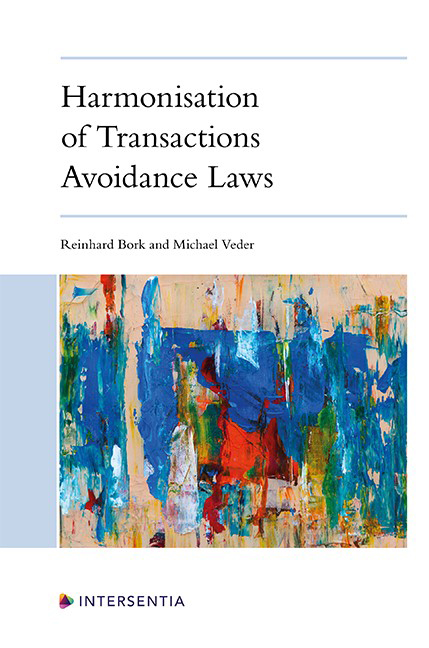Austria
Published online by Cambridge University Press: 26 May 2022
Summary
A. INSOLVENCY LAW OF AUSTRIA
In line with the approach taken in most jurisdictions, Austrian transaction avoidance law is incorporated in insolvency law; more precisely in part one, chapter two of the Austrian Insolvency Act (BGBl. I No. 29/2010, see §§27 – 43 Insolvenzordnung, hereinafter “IO”).
The rules on transactions avoidance law are the same for all debtors. Consequently, they also apply to natural persons (including consumers). It makes no difference whether the consumer is the debtor or the opponent of a transaction avoidance.
According to Austrian law, transaction avoidance applies in liquidation and restructuring proceedings (also referred to as “reorganisation proceedings”, in German: “Sanierungsverfahren”). The Insolvency Act governs both proceedings. These restructuring proceedings are collective proceedings aiming at eradicating the debtor’s substantive insolvency. Austrian law is therefore fully in line with recommendations. Austrian law also provides for pre-insolvency proceedings, which should avoid the occurrence of the debtor’s insolvency. However, transaction avoidance does not apply in these proceedings. It should be mentioned here that these pre-insolvency proceedings contain rules restricting or exempting some transactions (and restructuring measures) taken in the course of such proceedings from transaction avoidance (see, e.g., §20 of the Austrian Business Reorganisation Act of 1997, BGBl. I No. 114/1997 (“URG”), and §§36a and 36b IO).
B. SCOPE
The implementation of the Model Law would not change the scope of Austrian transaction avoidance law. C. GENERAL PREREQUISITES
Austrian law fully corresponds with the general prerequisites elaborated in the proposal.
The term “legal act” is understood in a very broad manner. The Austrian legislator deliberately chose a very broad term that also extends to forbearance (see §36 IO). Additionally, transaction avoidance is not restricted to legal acts undertaken by the debtor; it also covers legal acts undertaken by a creditor, e.g. satisfaction in the course of individual enforcement (see §35 IO), or by a third party, e.g. by paying the debtor’s creditor or by using the debtor’s funds to acquire the debtor’s property through enforcement proceedings.
- Type
- Chapter
- Information
- Harmonisation of Transactions Avoidance Laws , pp. 291 - 300Publisher: IntersentiaPrint publication year: 2022

